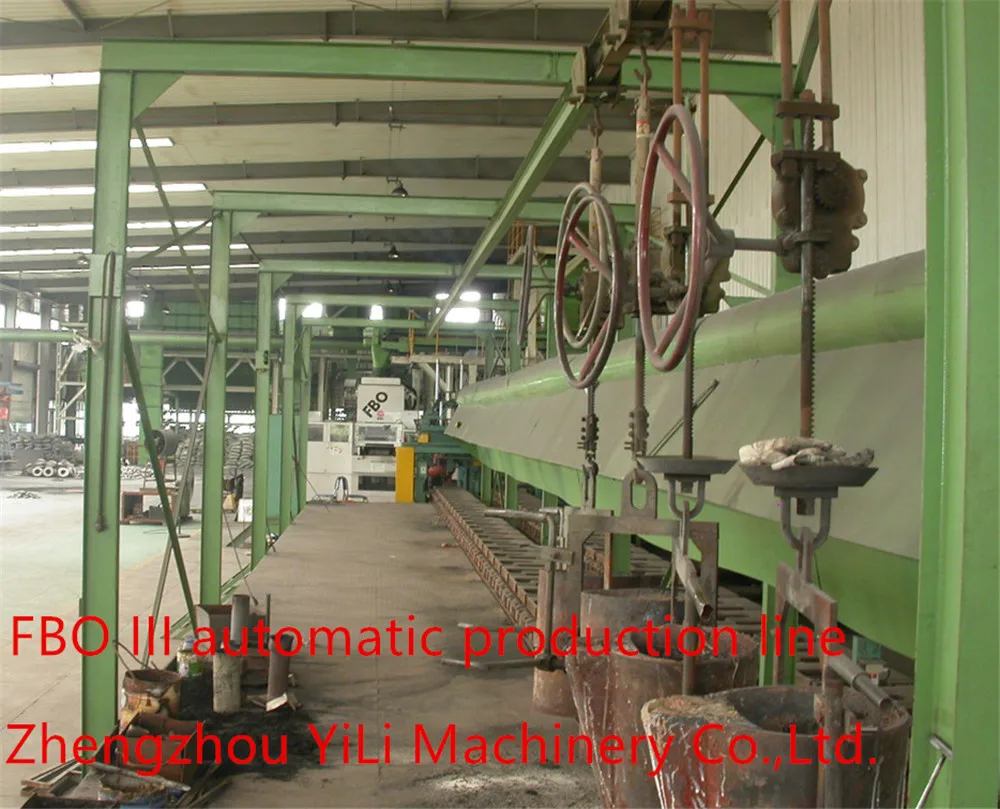
In addition to the number of suppliers, bargaining power is influenced by availability, unique performance characteristics, serviceability and the cost of changing foundries, to name a few.Įven more than customer consolidation, the US foundry supplier base has shrunk dramatically over the past two decades. As raw materials, consumables, and specialized equipment are key requirements for iron casting, understanding the bargaining power of suppliers is also important.

Strength 1: The customer's bargaining power.This is a general overview that would be applied individually to a specific foundry. Below is a summary of Porter's five forces used in the foundry industry.

Particularly useful for understanding the intensity of competition in the industry, Five Forces helps define the environment where the company needs to find, develop and protect its profits.

At Harvard, Porter's Five Forces is now a staple tool used by business strategists. :: Read more : Introduction to Cast Iron Castingsįirst developed by Michael E Porter in 1979. Understanding the competitive dynamics of the foundry industry, as well as understanding business models, is the basis for building robust growth strategies that are able to sustain long-term growth. The foundry industry can be analyzed from an overall strategic perspective, using the well-known "Porter's 5 forces" as a useful starting point.ĭetermining the company's business model, both current and desired, is also a key part of your development strategy. Understanding the dynamics of competition in the industry is a key part of any development strategy.


 0 kommentar(er)
0 kommentar(er)
